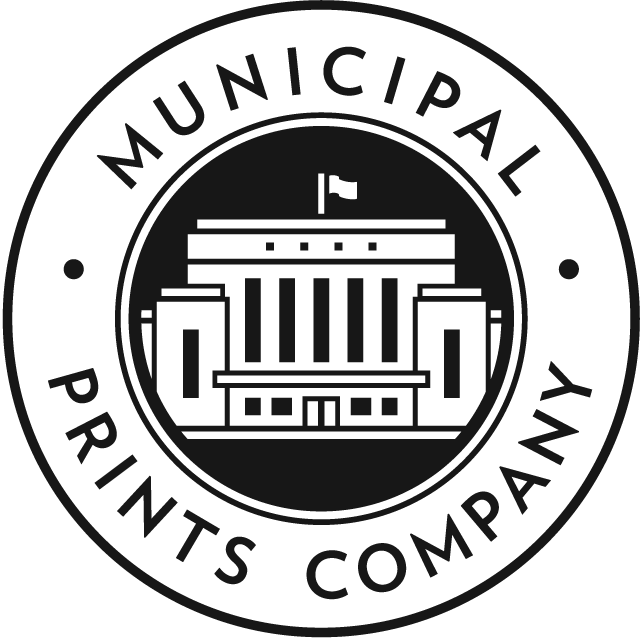But conservation efforts sometimes fall short, as it was with the Pan-Pacific Auditorium, which came to symbolize the architecture of the entire region during the period but was lost to a fire in 1989 after years of neglect and decay. Originally built for a trade show — the National Housing Conference — in 1934, it had several lives over the years, and had it survived to this day, I’m confident that it would have found adaptive reuse, perhaps not unlike what’s going on with the Central Market downtown. We will never know though: it lives on in our popular culture and our imaginations, and we sought to feature a structure in the series that was no longer with us to be mindful of the critical need for preservation.
More about the series:
My collaborator and designer Brad Woodard had lived in Los Angeles, and the merry mapmakers at Herb Lester Ltd. in London had commissioned him to illustrate its "Old LA" map, so Brad was well acquainted with the Angelino terroir. I've loved Brad's bold graphic style for years, and I commissioned him to design a series of prints for the home decor market that would properly celebrate these architectural icons. After a five-day visit where I took almost a thousand pictures of each of the three surviving structures, we worked together to find the most dramatic angles to capitalize on each building’s best features. We chose to print in hand-pulled silkscreen in bronze and black with a different third color for each print. The prints measure 12 in x 18 inches in a first edition of 100.
In the end, in the same month that marks the 90th anniversary of the unveiling of the Central Library in 1926, it’s a profound privilege to commemorate what is surely one of the finest collections of Art Deco public buildings — if not the finest — in these United States. We need more buildings like them in the hopes that our civic wonder and promise can be stirred anew at a time when it’s much required in our local and national discourse.









